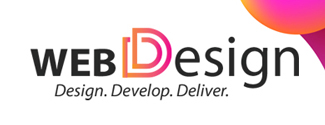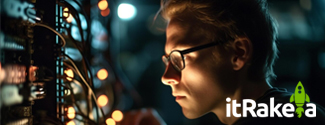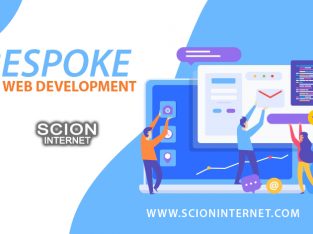Virtual Reality: Transforming Education and Training
Introduction
Virtual Reality (VR) is no longer just for gaming; it’s becoming a powerful tool in education and training. By providing immersive experiences, VR is changing the way we learn and acquire new skills. This article delves into the innovative applications of VR in education and training.
Immersive Learning Environments
VR creates immersive learning environments where students can explore and interact with complex concepts. For instance, in a VR classroom, students can take virtual field trips to historical sites, explore the human body in 3D, or conduct virtual science experiments. This hands-on learning approach enhances understanding and retention.
Professional Training
VR is revolutionizing professional training across various fields. In medicine, VR simulations allow medical students to practice surgeries without any risk to patients. In aviation, pilots use VR flight simulators to train for emergency scenarios. This practical experience is invaluable, providing a safe and controlled environment for learning.
Enhancing Accessibility
VR makes education more accessible to those who might not have the opportunity otherwise. Students in remote areas can attend virtual classes from anywhere in the world. Additionally, VR can accommodate different learning styles, offering personalized learning experiences that cater to individual needs.
Overcoming Language Barriers
VR can help overcome language barriers in education. With real-time translation and immersive language learning environments, students can learn new languages more effectively. This fosters global communication and collaboration.













